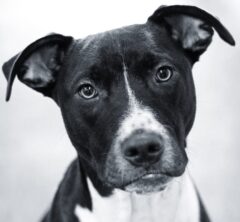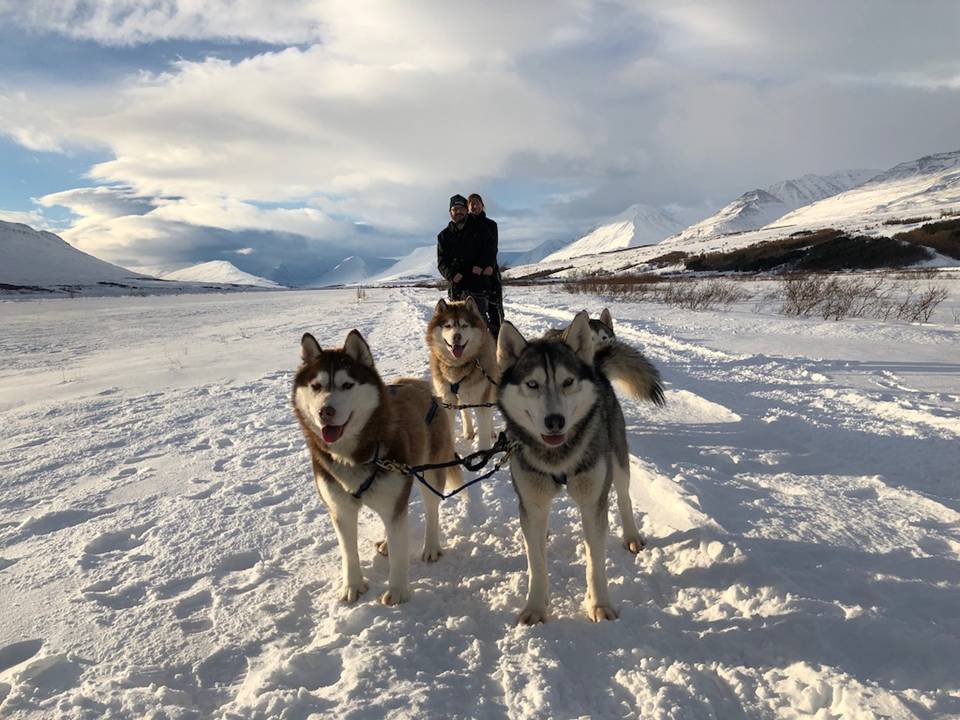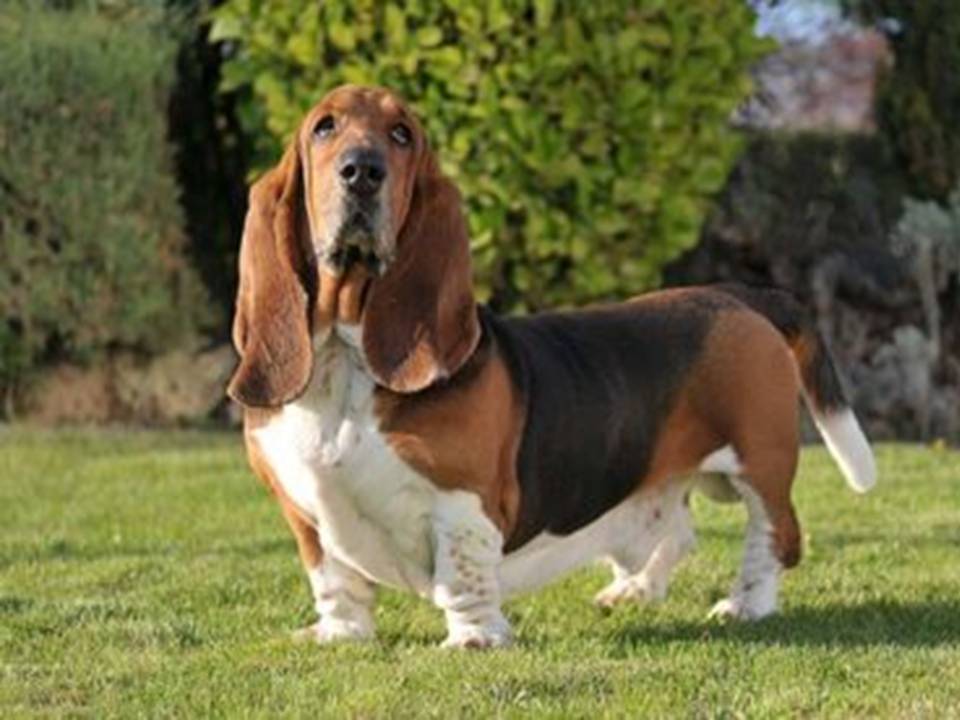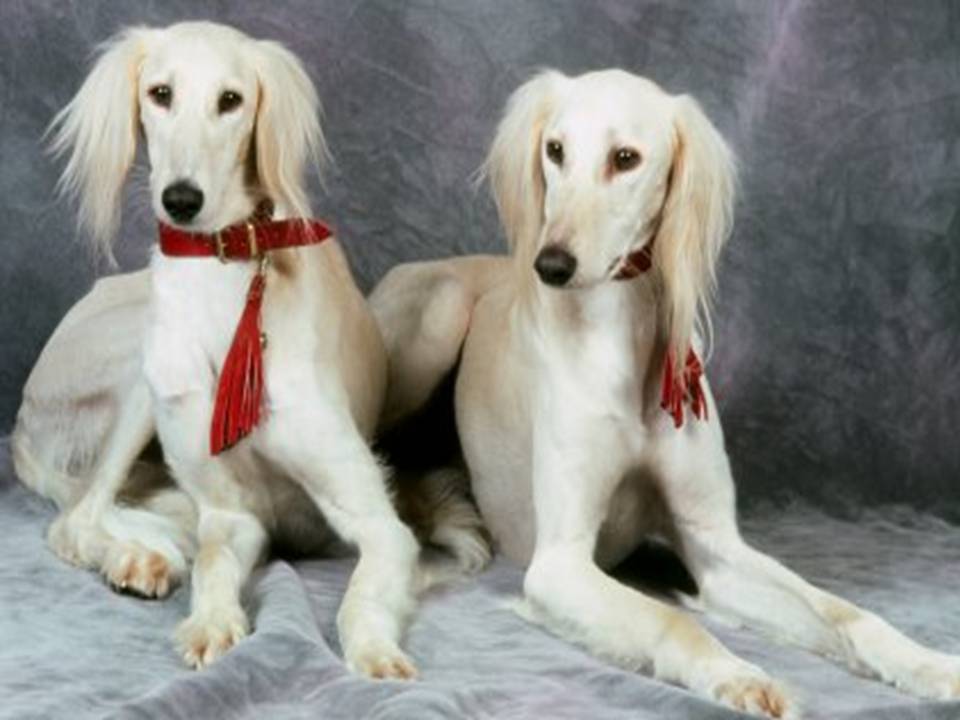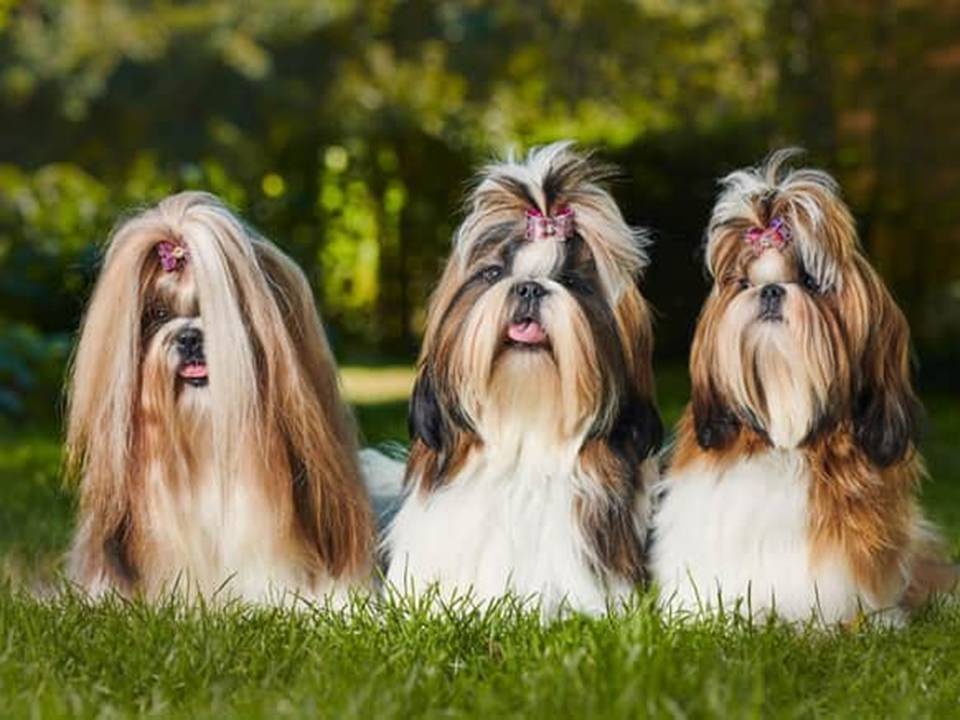The Siberian Huskies Ancestral Heritage
The Siberian Husky dog, admired for its striking looks and boundless energy, has deep roots in Siberia’s icy wilderness. This breed was developed over centuries for endurance, strength, and survival in harsh climates. Their history intertwines with Siberia’s native peoples and later with explorers, showcasing their remarkable abilities. Understanding the origins of Siberian Huskies offers insight into their unique temperament and their roles throughout history.
Ancient Roots: The Chukchi People and Sled Dogs
The Siberian Husky dog traces its origins to the Chukchi people, a semi-nomadic tribe in north-eastern Siberia. These people relied on sled dogs to transport goods across the frozen tundra. The dogs, vital for survival, were companions and protectors of Chukchi families.
Unlike other breeds, Chukchi sled dogs were selectively bred for endurance, speed, and efficiency over long distances. Their ability to thrive in extreme cold with minimal food was essential. Through careful breeding, the Chukchi developed dogs with resilience, loyalty, and a sociable temperament—traits still seen in Huskies today.
The Chukchi regarded their dogs as family members. Traits such as gentleness and problem-solving were valued. However, the dogs’ independence, shaped by their sled-pulling history, remains a defining characteristic. Their pack mentality, a result of this heritage, makes them thrive in group settings.
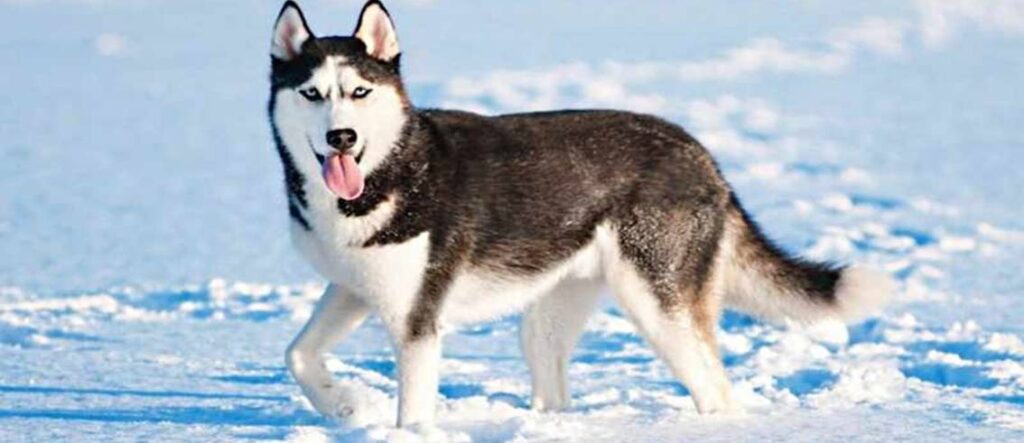
Introduction to the West
The Early 20th Century Siberian Huskies were relatively unknown outside Siberia until the early 20th century when Russian traders and explorers shared their capabilities. In 1909, Huskies debuted in North America during the All-Alaska Sweepstakes, a 408-mile sled dog race. Despite their smaller size compared to other sled dogs, their stamina and speed were immediately recognized.
Leonhard Seppala, a Norwegian musher, played a key role in popularizing the breed. His participation in sled dog races and the 1925 serum run to Nome, Alaska, brought international attention to the breed. During this mission, lifesaving diphtheria antitoxin was delivered across 700 miles of treacherous terrain. Seppala’s lead dog, Togo, and another dog, Balto, became legendary for their contributions.
The Huskies’ success in both racing and rescue missions increased their demand in North America. Seppala’s efforts ensured the breed’s characteristics were preserved while introducing them to a broader audience.
The Breed’s Evolution in North America
After their arrival in North America, Siberian Huskies quickly gained popularity for their versatility. They excelled in sled dog racing, expeditions, and as family pets due to their friendly and loyal nature. The American Kennel Club officially recognized the breed in 1930, solidifying its status.
Despite adapting to domestic environments, Siberian Huskies retain their historic traits. Their double coat, designed for extreme cold, remains essential, though they shed heavily in warmer climates. Their stamina and energy, bred for endurance, still demand regular exercise and mental stimulation.
The Siberian Husky in Modern Times
Siberian Huskies are among the world’s most popular breeds today, admired for their wolf-like appearance and striking eyes. However, they require significant exercise and mental engagement due to their energetic nature. Without it, boredom can lead to destructive behaviours.
Huskies continue to excel in sled dog racing and recreational mushing, especially in colder regions. Events like the Iditarod Trail Sled Dog Race honour their enduring legacy. Additionally, they are used in search-and-rescue missions, therapy work, and competitive sports like agility trials, showcasing their intelligence and adaptability.
Conclusion
The history of the Siberian Husky dog reflects resilience, loyalty, and adaptability. From the Chukchi people’s icy tundra to their global recognition today, these dogs have consistently demonstrated their worth. Whether pulling sleds or becoming cherished family pets, Siberian Huskies symbolize the enduring bond between humans and dogs, a relationship built on mutual trust and survival.
